Lima was founded by Spanish conquistador Francisco Pizarro in 1535 on the shore of Pacific Ocean. This place was chosen with no mere chance: there was enough water in Romac River valley, the coastal location of the city ensured easy access of the arriving ships and it provided an easy way to the mountainous part of Peru.
During the 16th and 17th centuries Lima was considered the most beautiful city of the colonial America and was referred to as the Ciudad de los Reyes (City of the Kings). Beautiful buildings in baroque style facades for Spanish nobles were appearing around the main square full of bustling life and booming trade. The oldest university of the continent - Saint Marcos University was established in Lima in 1551. Pieces of old splendour can be seen even today in central districts of Lima, however most of the buildings were completely destroyed by awful earthquake of 1746 that killed almost tenth of the city population.
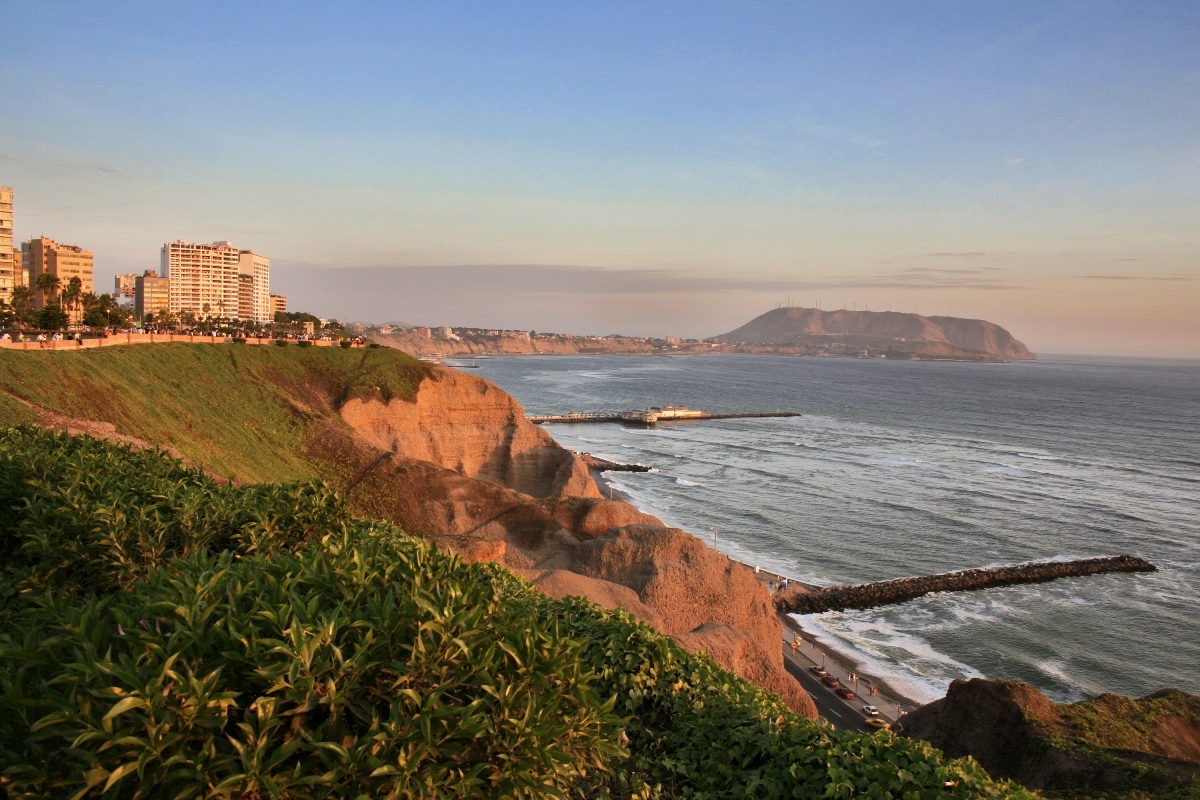
Lima today is a huge city with more than 8 million people. There is only aboveground transport in Lima, therefore the traffic is completely crazy: millions of city inhabitants rush around on their errands in cars, buses and most of these vehicles can be easily taken as a rarity. So many old vehicles naturally affect the environment - air of Lima is not the cleanest in the world.
There are many beautiful beaches in and around Lima. Although the Pacific Ocean is quite cold in this part of the country, it is an excellent place for surfing - one can see surfers from all over the world here.
Safety in Lima
You must be somehow careful in Lima as in any other big city: take only official taxis, keep an eye on your belongings, in the evenings walk only in tourist zones. If you want to try exotic things and you want to ride “collectively” (on a local bus), you better leave your jewelry, expensive things in the hotel, so that you won’t lose them in the crowd.
Where in Lima to look for a hotel
The safest districts for tourists to book a hotel are the Historical Centre (Centro Historico), Miraflores, Barranco and San Isidro.
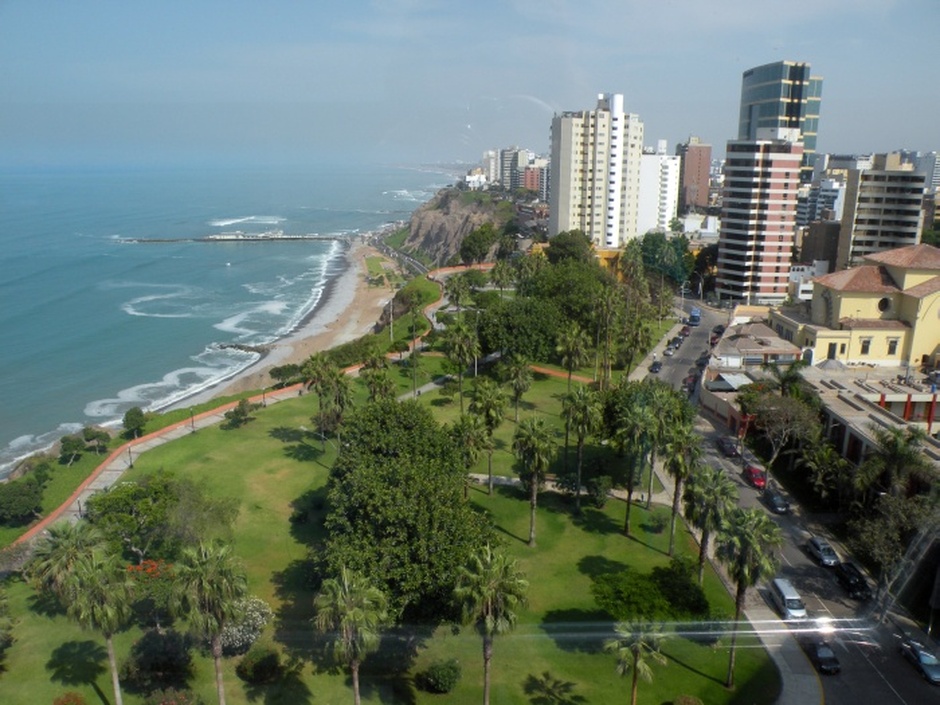
The Top 10 Things to Do in Lima - Must See Attractions in Lima
1. Historic Centre of Lima
The most interesting architectural sights in Lima, i.e. surviving colonial buildings of the 16th century, Archbishop Palace with magnificent incised balconies, cathedral, elegant government palace are situated in the main city square.
Any sightseeing tour in Lima includes the visit to Basilica and Convent of San Francisco, that contains the famous painting of the “Last Supper” with Jesus and his disciples sitting down to guinea pig with papaya and chicha (corn beer) in Inca cup. The complex consists of a church, monastery, chapels and catacomb and was rebuilt in 1672 after extensive damages caused by the earthquake. It is one of the best examples of baroque architecture.
2. Walking along the most beautiful districts of Lima will please all guests of the city and will allow to know it better. Miraflores, Barranco, San Isidro: you can find beautiful parks, elegant buildings, magnificent restaurants of Peruvian kitchen, museums, markets and galleries here.
3. Do not miss Park of the Reserve (Parque de la Reserva)! It has set of fountains considered the biggest in the world and even entered into the Guinness Book of Records. If you visit the park in the evening, you can enjoy the beautiful fountain show accompanied by classical and Peruvian music.
Park address: along Av. Arquipa and Paseo de la República.
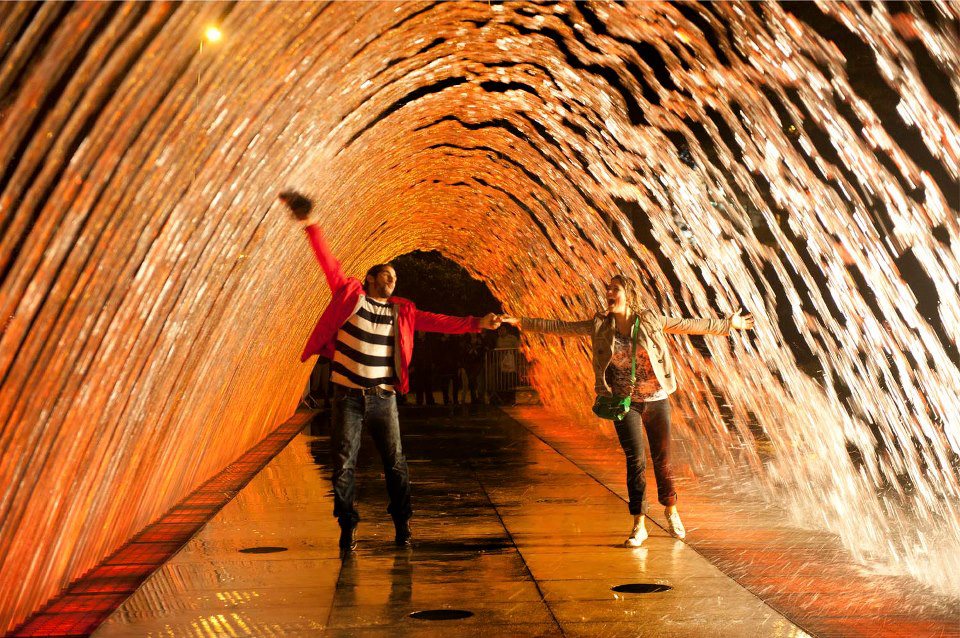
4. Lima Museums
There are many museums in Lima exhibiting lots of interesting things: artefacts of ancient civilisations and modern folk crafts, works of colonial art and first models of TV sets, relics of Pacific War period and traditional costumes from various parts of the country.
Larco Museum
One of the most interesting museums of Lima is Larco Museum. It was founded by a sugar magnate Rafael Larco Hoyle, who was interested in Peruvian archaeology and history. The museum is located in a unique vice-royal mansion of the 18th century. It features collections related to various historical periods and cultures: jewellery, burial masks, weapon, samples of textile, ceramics, samples of talking knots (quipus) and many others. Special attention should be given to two rooms displaying Moche erotic pottery.
Museum address: Av. Bolivar 1515
Opening hours: daily from 10.30 to 22.00
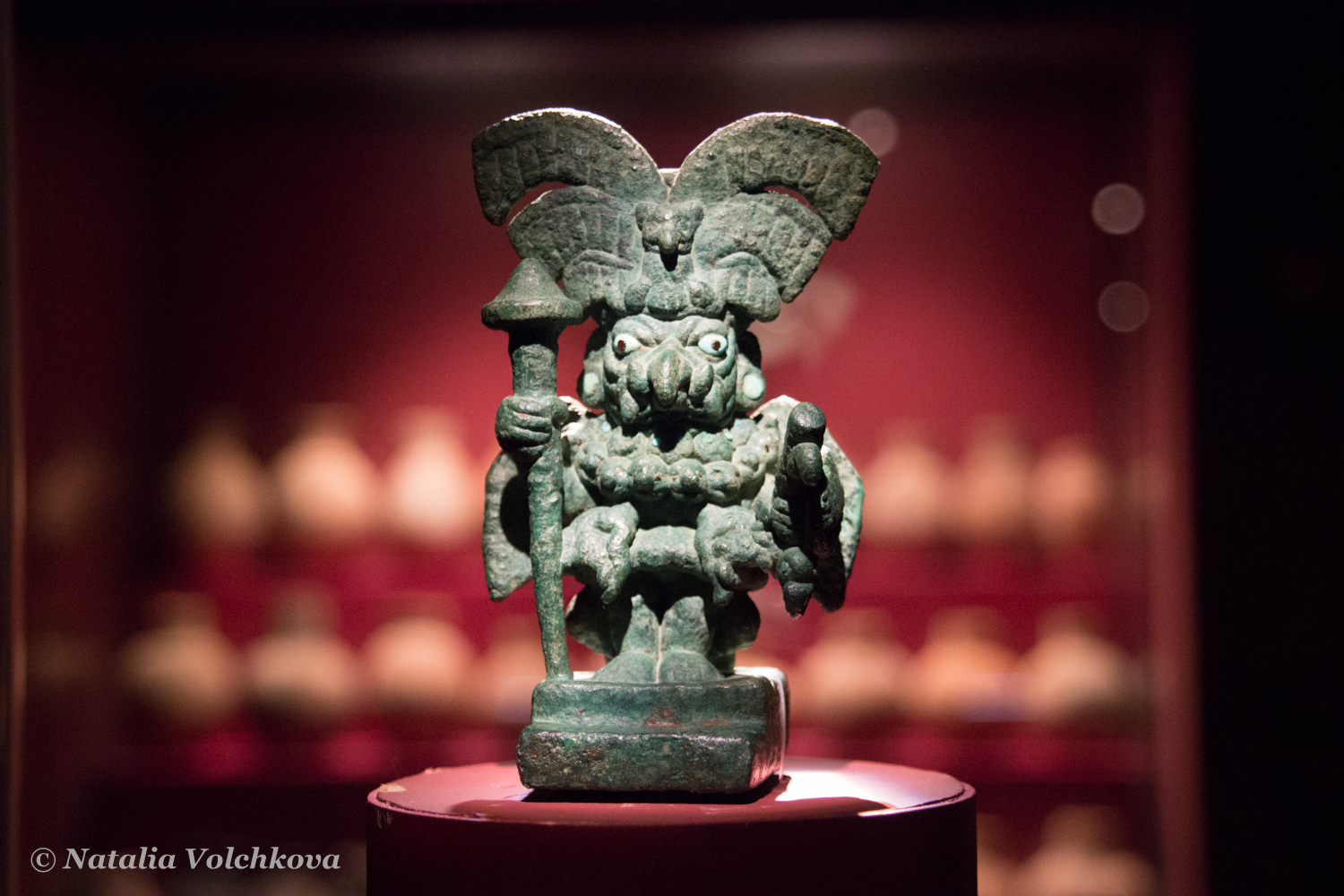
Gold of Peru and Arms Museum
Another museum worthy to note is a Gold of Peru Museum. It holds the most important pieces of jewellery, burial masks, arms, ceramics and textile from a number of Peru's different pre-Incan civilizations and Inca culture. We can see mummies, including infants among the items.
The upper floor of the museum displays the collection of ancient fire-arms and military items.
Museum address: Alonso de Molina 1100, Monterrico.
Opening hours: daily from 10.30 to 18.00
National Museum of Archaeology, Anthropology and History of Peru
Collections of this museum are displayed in chronological order and tell the story of Peru in the Colonial and Republican time. Here you can see the largest collection of ceramics, remnants of ancient people found in various parts of the country.
Museum address: Plaza Bolivar
Opening hours: Tuesday - Saturday from 9.00 to 17.00, Sundays and holidays from 9.00 to 16.00
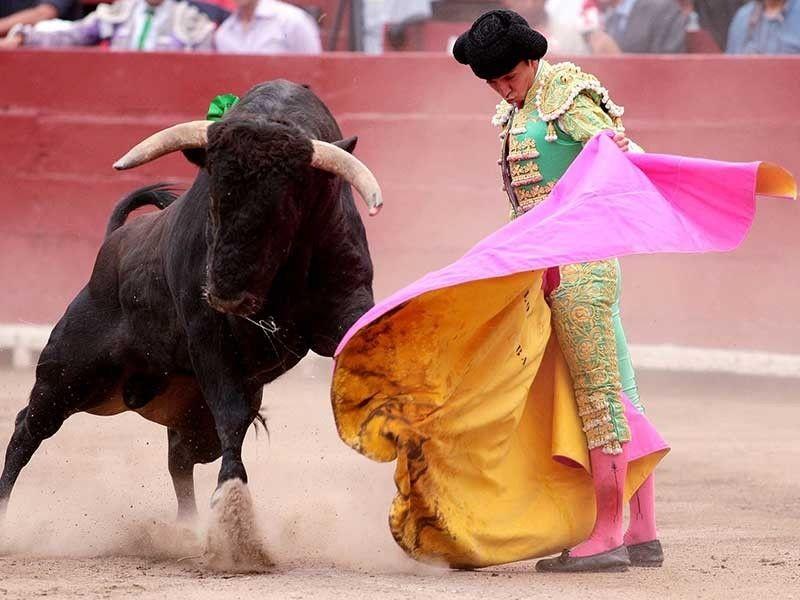
5. Bullfighting festival
The founder of Lima, Spanish conquistador Francisco Pizarro brought the traditional Spanish entertainment - bullfighting. Since then, the bull fights are held every year from the end of October till the beginning of December in Lima in Plaza de Acho. The most famous matadors from America and Europe take part in this festival.
6. Purchasing souvenirs (artisans)
You can purchase Peruvian ceramics, textile, wooden items and other handicrafts in markets and trade centres. The most famous market Mercado Indio is located in Miraflores district in Av. Petit Thouars.
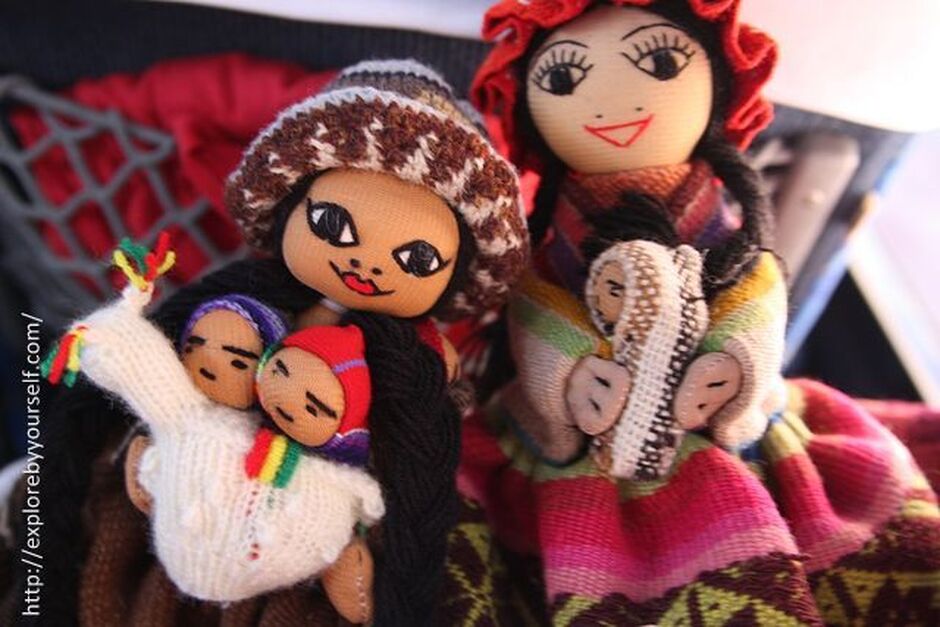
7. Temples of pre-Incan civilization
The territory of modern Lima was inhabited long before the arrival of conquistadors. The remnants of ancient times, i.e. the ruins of ancient temples can be seen among the buildings of living quarters.
The most important archaeological monument is Huaca Pucllana complexdating back to the 6th century BC. It was a religious and administrative centre: the territory of the complex was divided into 2 parts with a high wall.
Huaca Pucllana was described by travellers and researches in the 19th century, however the significant archaeological excavations started in the mid-20th century. The archaeologists found lots of artefacts during these excavations: textile, ceramics, bones, stone tools, animal carcasses, vegetable and fruit scraps that could be used as offerings to the gods. In 2010 the researchers announced about 4 mummies of Wari culture. All Huaca Pucllana artefacts are displayed in the museum in the territory of the complex.
There is an excellent Huaca Pucllana restaurant here with a view of the architectural complex.
Another archaeological monument is in the territory of San-Isidro. Huaca Huallamarca, or also known as "Pan de Azúcar" (Sugar Bread) dated the 3rd - 4th centuries. It is a restored clay pyramid. Artefacts found during the archaeological excavation are displayed in the museum at the pyramid.
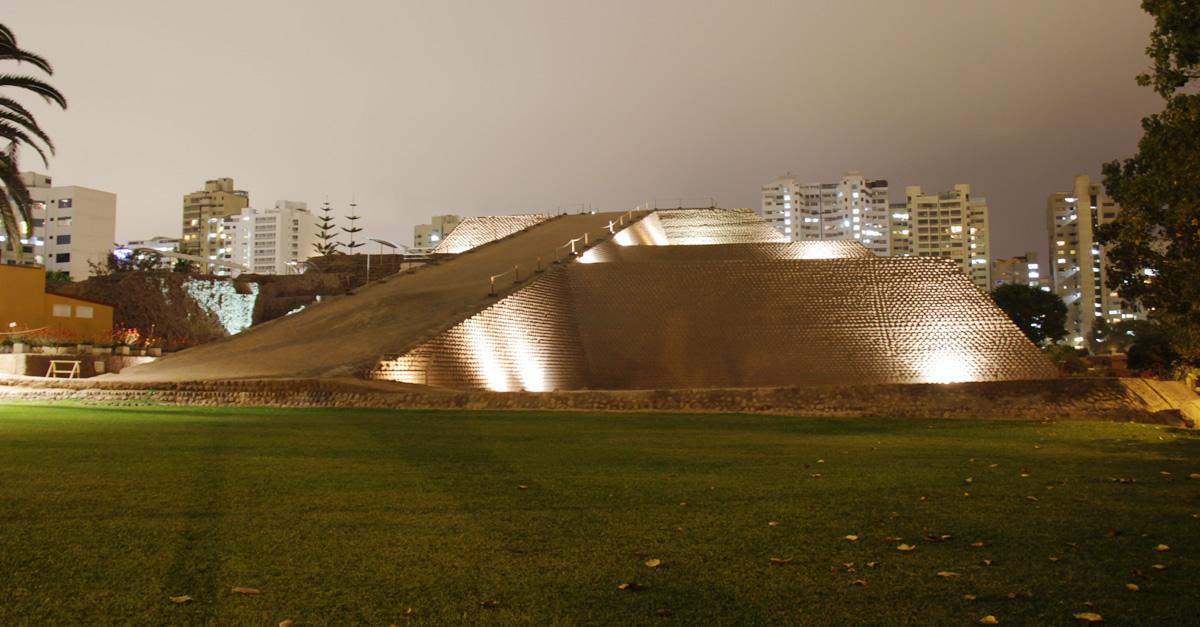
The temple of Pachacamac is an archaeological site 40 km southeast of Lima. It consists of several ancient pyramid temples, dwellings, traces of fresco wall paintings and other interesting objects from archaeological point of view that were built by various pre-Hispanic cultures. Pachacamac was considered one of the most important religious centres in Peruvian coast attracting pilgrims from all over Peru.
Archaeological excavations of recent years allowed to gather numerous artefacts confirming importance of this place. These findings are displayed in the museum at the complex.
The Ceremonial Center of Pachacamac was dedicated to the most important "god" at the Peruvian coast in pre-Hispanic times. Pachacamac (translated "The one who animates the world") was a powerful and feared god that was the creator of the world but on the other hand the god of fire and earthquakes.
The occupation of Pachacamac began around 200 AD. The Lima Culture built the first temples in the religious center. With the arrival of the Wari Culture (around 650 AD) in Pachacamac the city began to flourish and extended its influence to outer regions.
During the tour you can climb up the Temple of the Sun and enjoy the amazing view over the Pacific Ocean.
8. The Archaeological Complex Paradise (El Paraiso) is located north of the City of Lima about 2 km from the Pacific Ocean directly at the Chillón River and extends over 50 hectares. The complex dates back to around 2200 BC.
There are ruins of temples and simple dwellings of its inhabitants in the territory "El Paraíso". An estimate of around 3000 people lived in "El Paraíso". Even though El Paraiso was named the largest and earliest example of monumental architecture , until today little archaeological investigation and excavation was done at this important ancient complex. In December 2012 a new investigation and excavation project led by Mark Guillen started at El Paraiso. And already 3 month later a groundbreaking discovery was announced. Archaeologists found an ancient temple located next to the main temple of El Paraiso. First excavations uncovered an underground ceremonial center comprising of 4 levels each older than the other. The construction is believed to have been built around 3000 BC.
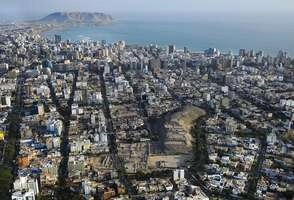
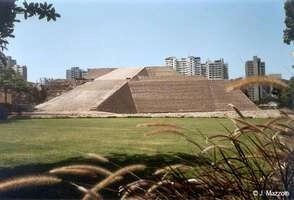
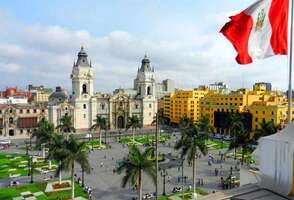
9. Paragliding
Paragliding over Lima is one of the most exciting ways to know this city! Anybody can try it: no special skills are required. The flight is performed under the supervision of the certified instructor.
10. Palomino Islands (Islas Palomino)
Islas Palomino (Palomino Islands) is simply one of the nicest places to visit when you arrive to Lima. You'll see animals and birds - the inhabitants of cold waters of the Pacific Ocean: sea lions, Humboldt Penguins and other birds.
How to get to Lima
Flights to Lima arrive at Jorge Chavez International Airport in Callao which is around 13km from the city centre. If you fly to Peru, Lima will be your first point of destination.
You can take a bus to Lima if you are travelling from neighbouring countries in Latin America: some bus stations arrange international trips.
From Lima you can fly or take a bus to any part of Peru. You can find required airlines or bus services from the websites of local companies (Please see the Transportation page for the list of these companies).
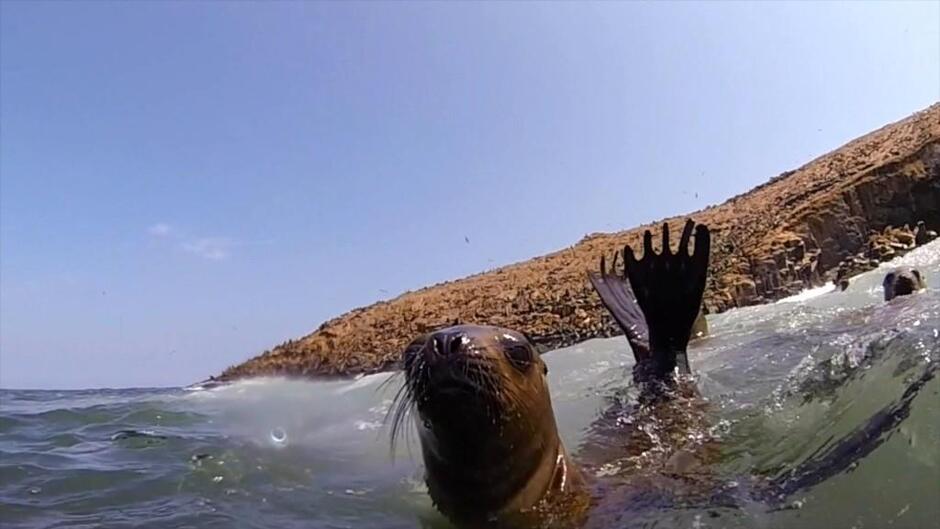
Organized tours with professional guides. Group or private services. All categories of hotels.
Short group excurstions with English-speaking guides for independant travelers.
We look forward to working together to turn your dream trip into lifetime memories!